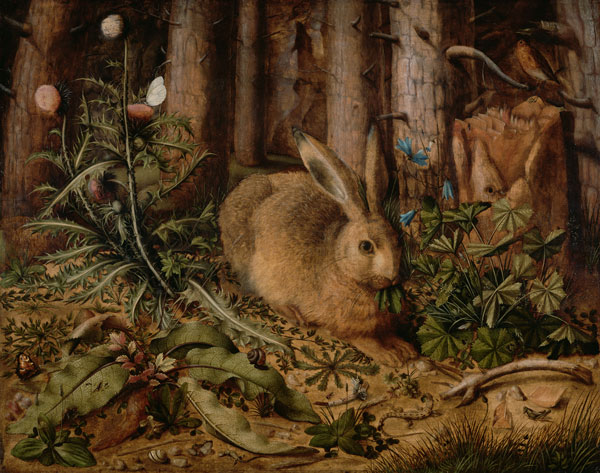
A literary device that’s often used but hard to elegantly execute involves the unlikely, seemingly inadequate leader. By elegant execution I mean an unconventional leader, but not someone blessed with good fortune, or making opportunistic decisions, or directed by an invisible hand, or even a James Bond whose skills and charm save the day.
Several candidates, more or less flawed, come to mind, including Frodo Baggins, Arthur the Wart, Atticus Finch, Sydney Carton, and Hazel (the rabbit in Watership Down).
In Frodo, we are introduced to a stay-at-home hobbit; the closest he has come to adventure being his uncle Bilbo’s stories. T. H. White’s Arthur, like King David, isn’t an imposing physical specimen. The Wart is a dreamer too, and like David and Absalom, the grief-stricken Arthur reluctantly battles his son, Mordred. Atticus Finch is old and brittle, his son ashamed that Atticus can’t play ball like the other dads. Sydney Carton is a dissolute wastrel. As for Hazel, among his small wandering rabbit company he is neither the biggest, nor the strongest, nor the smartest, nor the most visionary. Nonetheless, all of these characters become memorable leaders under the deft hand of their chroniclers.
Depicting self-sacrificing leadership, even a Sydney Carton, considering the sentiments he expresses at the end of A Tale of Two Cities, disqualifies a book from being considered “serious literature” by many in the modern literary arena. Thus, the patronizing attitude that often seeps into commentaries about the authors of these stories.
Frodo, Arthur, Atticus, Carton, Hazel . . . leaders who do not impose their leadership, who do not desire to be leaders in the conventional sense of the word. An incident from Watership Down illuminates this kind of leadership better than any dry definition I might offer. A massive and merciless rabbit, General Woundwort, is attacking Hazel’s warren and encounters Bigwig (Thlayli), the strongest of Hazel’s rabbits. Getting as well as he’s giving, Woundwort says:
“I can bring in enough rabbits to pull down this wall in four places. Why don’t you come out?”
Thlayli’s reply, when it came, was low and gasping but perfectly clear.
“My Chief Rabbit has told me to defend this run and until he says otherwise I shall stay here.”
“His Chief Rabbit?” said Vervain, staring.
It had never occurred to Woundwort or any of his officers that Thlayli was not the Chief Rabbit of this warren. Yet what he said carried immediate conviction. He was speaking the truth. And if he was not the Chief Rabbit, then somewhere close by there must be another, stronger rabbit who was. A stronger rabbit than Thlayli.
Of course, this Chief Rabbit, Hazel, was not a “stronger rabbit”, as commonly understood. He was merely their leader.






Leave a Reply